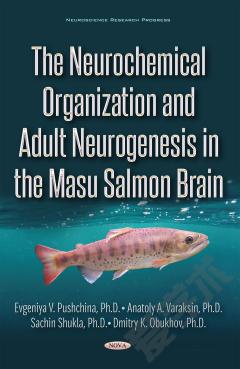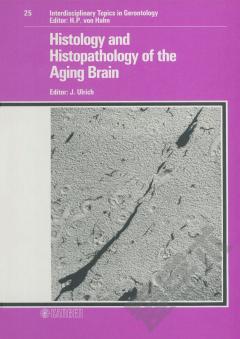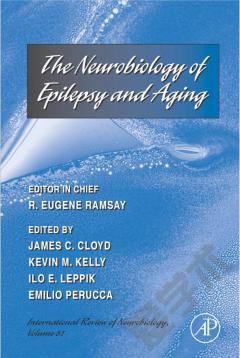The Neurochemical Organization and Adult Neurogenesis in the Masu Salmon Brain
This monograph presents the results of long-term research on the neurochemical structure of the brain and spinal cord of Masu salmon Oncorhynchus masou, as well as cellular, molecular and physiological mechanisms of adult neurogenesis. Salmon are a phylogenetically ancient branch of ray-finned fish, the brain of which retains a large number of matrix zones with high proliferative activity involved in adult neurogenesis. The presence of large proliferative zones in the brain of juvenile salmonids signifies a high reparative potential in the brain. The results of investigations presented in the book to improve the understanding of cellular and molecular mechanisms of the fish’s CNS structure during postembrionic ontogeny. The objective of this monograph is to investigate the organization, projection features and relationships of a signal transductor system, producing classic neurotransmitters (catecholamines, acetylcholine and gamma-aminobutyric acid) and gaseous intermediates (nitric oxide and hydrogen sulfide) in the Oncorhynchus masou brain, and to evaluate their participation in the processes of postembryonic morphogenesis of the CNS.Identified particular structural and neurochemical characteristics of CNS organization and basic histogenetic processes (proliferation, migration and differentiation of nerve cells) after the completion of brain formation in fishes with signs of fetalization expand existing notions of histogenesis in these structures during adulthood. It is expected that during the post-embryonic ontogenesis in fish, several neurotransmitters and gaseous intermediaries can be considered as factors in triggering and regulating cellular and tissue processes of genetic programs concerning brain development. The content of the study determined the range of experimental models for the study of reparative processes and adult neurogenesis. A new in vitro model system of cultured neural cells from O. masou was reported. Morphological data and some cellular characterization supporting the use of this novel in vitro tool in investigations of neurochemical properties, axonal growth and neurogenesis in CNS were presented. For a more detailed study of the properties of H2S-expressing cells, their cellular relationships with different neurochemical specialization in the central nervous system, their characteristics of the processes of proliferation and differentiation, and the features of participation of hydrogen sulfide in reparative neurogenesis, the primary culture of the brain and spinal cord from the O. masou was set up, and properties of proliferation and differentiation were analyzed with the specific markers.
{{comment.content}}








 京公网安备 11010802027623号
京公网安备 11010802027623号